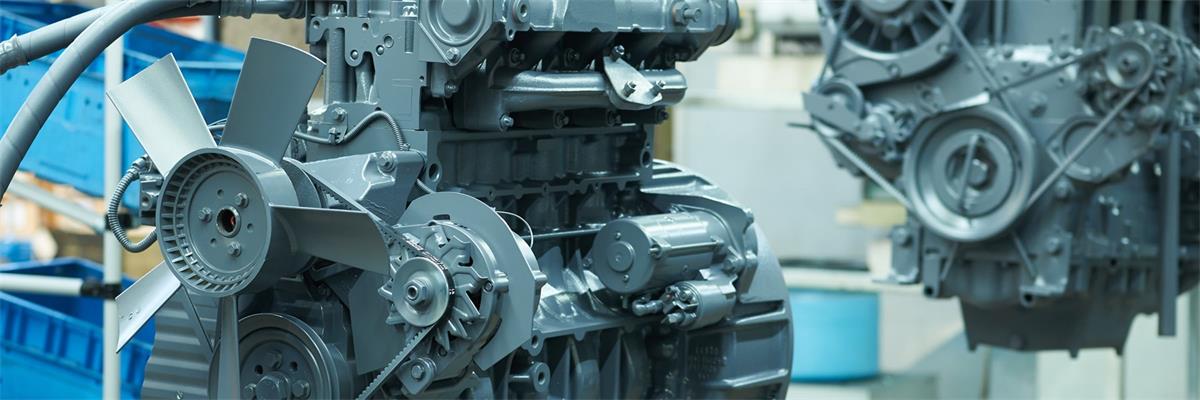
Three methods to remove carbon deposits from diesel engines
After some parts of the diesel engine (such as cylinder heads, cylinder liners, pistons, piston rings, valves, combustion chambers, fuel injectors, etc.) are used for a period of time, a solid layer of carbon deposits adheres to the surface of the parts. It has dense, loose, soft and other shapes, and its color ranges from black to gray. The temperature of the forming part is about 200℃. Coke is produced due to incomplete combustion of diesel and engine oil that penetrates into the cylinder, forming a complex mixture. Due to the poor thermal conductivity of carbon, the accumulation of a large amount of carbon on the surface of the parts will cause local overheating of the parts, resulting in a decrease in stiffness and strength. In severe cases, it may also cause sintering of the injector, valve ablation, stuck piston rings, cylinder pulls, etc. Serious accident. At the same time, the accumulation of high-temperature particles of carbon in the combustion chamber will also cause surface ignition, resulting in a decrease in power (according to relevant experimental data, the power decreases by 2% to 15%) and a reduction in the volume of the combustion chamber, which will increase the actual compression ratio and cause premature combustion. and deflagration and other undesirable phenomena. In addition, large accumulation of carbon deposits will also pollute the lubrication system, block the oil circuit and filters, and shorten the service life of the diesel engine, so it must be removed during repairs.
1. Mechanical method
The mechanical method uses wire brushes, scrapers, bamboo chips or emery cloth to remove carbon deposits. Special brushes and scrapers can be made according to the shape of the parts to be cleaned. For example, a fine copper wire brush can be used to remove carbon deposits around the nozzle holes of the fuel injector. Brush clean and scrape clean the pressure chamber with a special needle made of copper wire. Carbon deposits on the valve guide and valve seat can be removed with a cylindrical metal brush.
The mechanical method of removing carbon deposits has low efficiency and poor removal quality. Some parts are difficult to scrape clean, and many small scratches will be left, which will become the growth points of new carbon deposits and destroy the roughness of the parts. Therefore, this method is not suitable for parts with high precision.
2. Spray nuclear method
The core spray method is a method that uses high-speed airflow to spray the crushed core shell particles of walnuts, peaches, and apricots onto the surface of the part to remove carbon deposits. This method is highly efficient and thoroughly clean in removing carbon deposits, but it requires special equipment to form high-speed airflow, which is relatively expensive and therefore not suitable for widespread use.
3. Chemical method
The chemical method is to use a chemical solvent-a decarburizing agent to soften the carbon deposit on the surface of the part, making it lose the ability to combine with the metal, and then remove the softened carbon deposit. The advantages of this method are high efficiency, good carbon deposit removal effect, and not easy to damage the surface of parts. The decarburizing agent generally consists of four components: coking solvent, diluent, sustained release agent and active agent. There are many types of decarburizing agents. For example, according to different materials of metal parts, they are divided into decarburizing agents for steel parts and decarburizing agents for aluminum parts. This is because some decarburizing agents contain components that are chemically corrosive to aluminum products (such as caustic soda), so they are only suitable for decarburizing steel parts.






